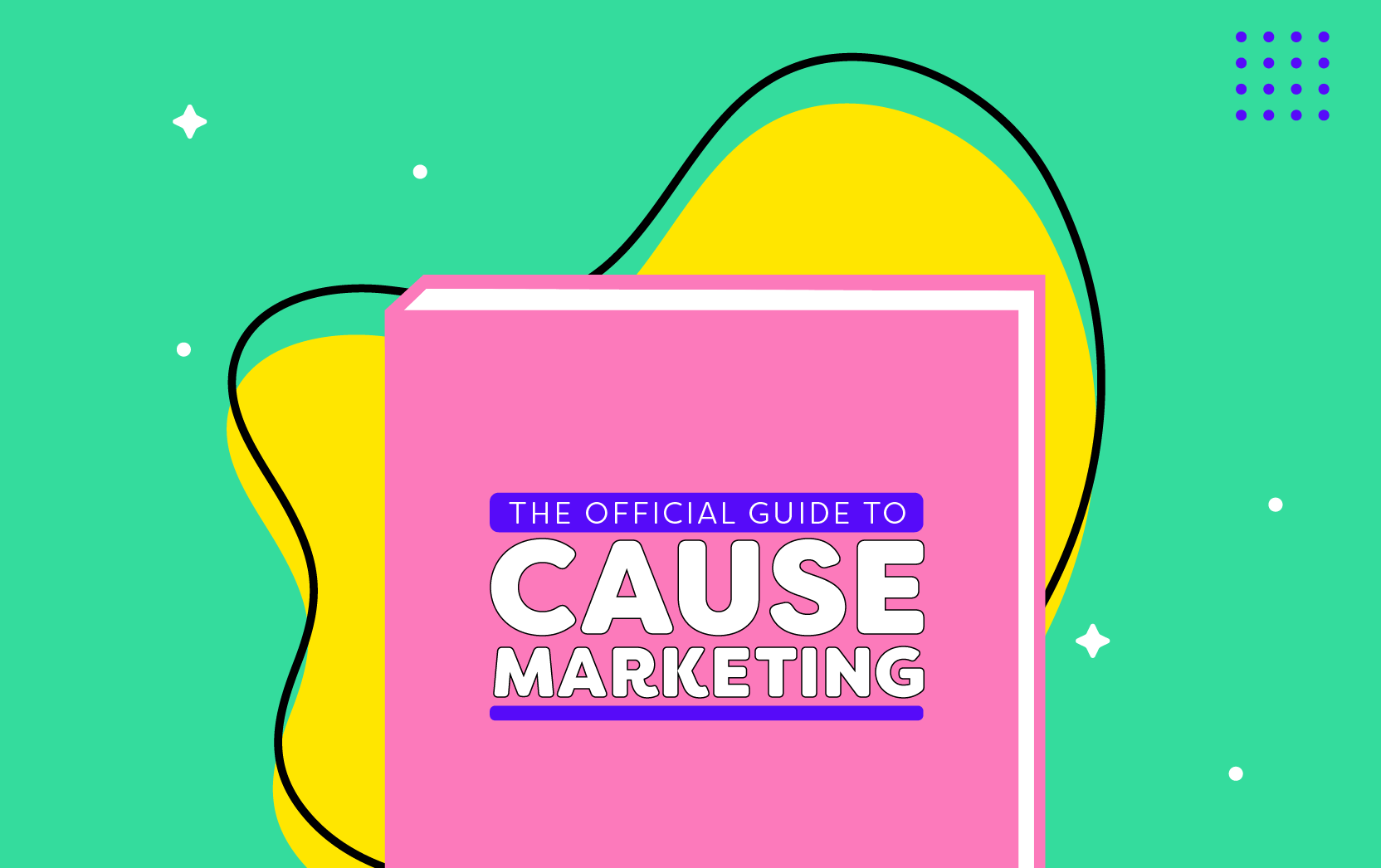Cause marketing gives companies a sense of purpose by aligning with a cause and highlighting their efforts. It becomes part of the brand and makes a company “purpose driven.” It also creates a better environment for team members to thrive in the workplace.
89% of US consumers are more likely to have a positive image of brands that are purpose driven. The most concrete strategy for developing this is a cause marketing campaign.
In Phoenix, Knoodle has done hundreds of cause marketing programs for clients. Recent programs include: Cause for Paws, Pets for Vets, Honor Roll, School Salute, Fence Patrol, and 2 Seconds is 2 Long. So how do you get started with a cause marketing program?
Here are 7 steps to execute a flawless promotion. OR call Knoodle 😉
#1 Search for a cause that resonates with the consumers or clients you are seeking
When Knoodle started its cause marketing efforts with Fulton Homes 24 years ago, we identified the areas that their constituents found important. They were interested in water safety (#1 cause of death with children under six), dogs, education and patriotism. We create cause marketing around the areas that homebuyers are concerned about. This can be done for any category and cause. If you don’t know what your consumer cares about, there are so many ways to find out. Consider focus groups, surveys, or just ask them. Then work around their interests to develop strong cause campaigns.
#2 Create a budget that you can live with
In order to execute a cause marketing campaign with all the necessary elements, an average campaign will run between $7,500 and $15,000 per month and will often generate feel-good, earned media coverage, on-air media time and a great deal of goodwill. This budget means the campaign is a title sponsorship (in other words there is just one corporate brand associated with the campaign), that includes events and the coordination of all logistics.
#3 Line up with a media company
If you do a cause marketing program and no one knows, is it worth doing? It’s like the tree that falls in the forest. If no one hears it, does it make a sound? The short answer is no. The solution is to work with media. It can be radio, television, or print. Think of buying traditional media, but those advertising dollars go to benefit a local nonprofit. Part of what you get with the right partnership is guaranteed promotion of the cause marketing program. When we negotiate these with media, we ask (and usually receive) three times what we pay for in media time. This is because media companies benefit from cause marketing as well. With Fulton Homes Pets for Vets, for example, we have chosen Big 94.5 FM as a partner. We connected the station with the non-profit organization, Soldier’s Best Friend, in order to match veterans with service dogs rescued from area shelters. Everyone wins. Fulton Homes underwrites the program and gains brand equity from potential home buyers. The nonprofit gets needed attention. The station adds revenue. Win-win-win.
#4 Create a name that’s memorable
Sometimes radio stations bring promotions with names that need some help. For instance, when KSLX FM brought up Paws off the Pavement 15 years ago, we changed it to Cause for Paws. It just rolls off the tongue better. It’s more memorable. It sticks. In this program, we give dog booties away at various locations in order to protect paws from the scorching pavement. It is our number one promotion for community engagement and has been since the beginning.
#5 Negotiate the title sponsorship
If your company is NOT in the title, you lose the ability to promote the cause marketing promotion. This ensures that your company will receive press when the cause is covered by local TV and newspaper coverage. A title sponsorship does not mean “sponsored by” with your name is tacked on at the end. That’s the opposite, in fact. Fulton Homes Fence Patrol gets press because Fulton is in the title. If it were included as part of “sponsored by,” that piece could be left out of media coverage. The press avoids commercialization of causes and will avoid mentioning the sponsor, whenever possible. Many stations avoid title sponsorships unless you demand it. Also be wary of any promotion with more than one business involved. There are many worthy promotions with multiple sponsors. This dilutes all of them and becomes an exercise in logo soup. You want a clean promotion: one cause, one business involved, one memorable name.
#6 Press for press
Doing a cause marketing effort without a concerted (and separate) public relations push is not maximizing the value of a promotion. This process includes creating a newsworthy press release, pitching it to local media and coordinating the press with the promotion. Keep in mind, you will want to schedule the campaign events when news is happening, if at all possible. This is why we urge our media partners to schedule morning events. There are more news crews available in the morning than any other time. If a station requests a different time (often earlier for a live feed), accommodate. It’s a matter of thinking like a journalist. Remember they are looking for a compelling cause, a visual, and something that will warm the hearts of viewers.
#7 Collect Lessons Learned
After you complete the cause marketing promotion, take a good look at the overall performance. This includes # of sign ups, PR media value, media station performance, and event attendance. Learn what worked and what could be better for the campaign. You never want to do a cause marketing campaign once. You want to “own” it and become known for it like any asset.
